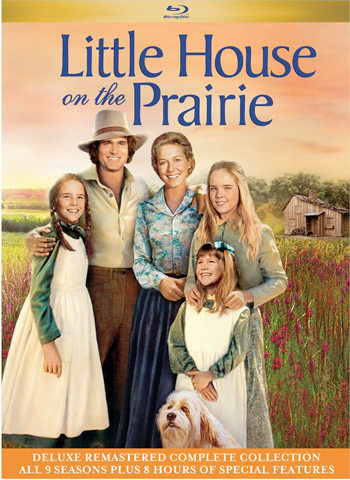
Lionsgate Home Entertainment
Little House on the Prairie remains one of television’s most beloved family dramas, a timeless tale of resilience, love, and community that ran for nine seasons on NBC from 1974 to 1983. Loosely based on Laura Ingalls Wilder’s classic books, the series blended historical authenticity with heartfelt storytelling, giving viewers a vivid portrait of both the joys and hardships of frontier life. Its gentle lessons in tolerance, compassion, and faith continue to resonate, making it a staple of feel-good television that still feels relevant today.
At its heart, the show follows the Ingalls family—Charles (Michael Landon), his steadfast wife Caroline (Karen Grassle) and their daughters Mary (Melissa Sue Anderson), Laura (Melissa Gilbert), and Carrie (Lindsay Sidney Greenbush)—as they carve out a life in Walnut Grove, Minnesota. Their story begins with the hopeful simplicity of homesteading—harvest festivals, barn dances, and close-knit neighbors—but quickly expands to include the trials of droughts, harsh winters, and economic setbacks.
Over time, the family evolves in ways that mirror the changing realities of the American frontier. They endure moves prompted by financial hardship, such as their temporary relocation to Winoka in Season 5, and open their home to new members like Albert Quinn (Matthew Labyorteaux), an orphan who becomes a full son in spirit. By the later seasons, attention shifts to the next generation: Laura grows from a spirited tomboy into a teacher, wife, and mother, while Charles and Caroline gradually pass the mantle of responsibility to their children. Even the rebranded final season, Little House: A New Beginning, explores legacy and transition, showing how the Ingalls family became pillars of their community without losing their roots.
The series thrived on poignant, character-driven arcs that balanced small-town humor with deeply emotional drama. Among the most memorable is Mary’s journey into blindness in Season 4. Both heartbreaking and inspiring, her story leads her to the blind school where she meets teacher Adam Kendall (Linwood Boomer), eventually marrying him and discovering new strength.
Other standout arcs include Laura’s romance with Almanzo Wilder (Dean Butler), which blossoms into marriage in Season 7, symbolizing hope and continuity amid hardship. Albert’s adoption adds storylines of redemption and belonging, while episodes tackling poverty, racism, child abuse, and the struggles of war veterans reflect a surprising willingness to address social issues through a historical lens.
The Ingalls also face nature’s fury—crop failures, blizzards, fires—yet always emerge with renewed faith in each other. And just as often, the show lightens the load with humor, particularly in the form of Walnut Grove’s snobbish Oleson family. The mix of heartfelt drama and comedic rivalry gave the series balance, culminating in the unforgettable finale where the townspeople of Walnut Grove confront corporate greed with explosive results.
The ensemble and their iconic performances brought viewers back season after season. Landon not only produced, directed, and wrote episodes but also embodied Charles Ingalls, the wise and compassionate father whose quiet strength anchored the series. Grassle’s portrayal of Caroline offered an equally vital counterpoint—a mother defined by patience, resolve, and emotional depth.
Gilbert, who grew up on the series, was essentially the heart of the series. Her Laura Ingalls was filled with warmth, wit, optimism, and resilience. Anderson’s most effective performance was in Mary’s blindness storyline which earned her an Emmy nomination.
Supporting actors left their mark as well: Labyorteaux’s Albert, Butler’s Almanzo, and Boomer’s Adam each added depth to the later seasons. Meanwhile, Katherine MacGregor’s deliciously over-the-top Harriet Oleson and Alison Arngrim’s bratty Nellie provided much-needed comic foil, becoming fan favorites in their own right. Guest appearances from stars like Ernest Borgnine, Red Buttons, Burl Ives, Ray Bolger, Johnny Cash and Patricia Neal further elevated the series’ prestige.
At a time when television often leaned toward gritty or cynical storytelling, Little House offered a wholesome but not saccharine alternative. The show also sparked conversations about real issues—racism, disability, gender roles—while grounding them in 19th-century narratives that made them approachable for family audiences. Much like The Waltons, it encouraged intergenerational viewing and as a member of Generation X, Little House developed a rabid fan following, with many fellow classmates obsessing over Laura Ingalls Wilder’s book series.
Revisiting this series after not having seen it in decades was a surprising nostalgic and pleasant trip back to Walnut Grove. Extras included the Original Screen Test with Michael Landon & Melissa Gilbert, The Little House Phenomenon 40th Anniversary Documentary, and the three post series tv-movies.
I’m not quite sure how it would play with younger viewers, but the fact that it’s a period piece somehow makes it feel less dated. If you grew up watching the series and have fond memories, I can’t recommend it enough.




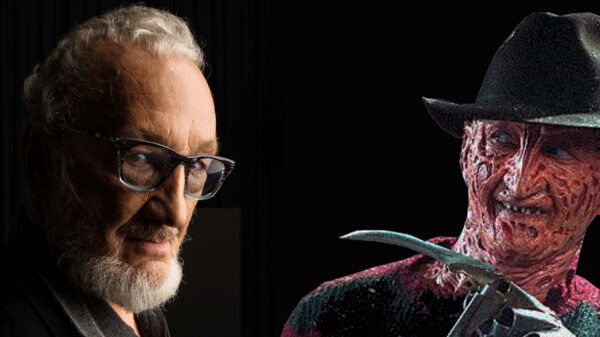




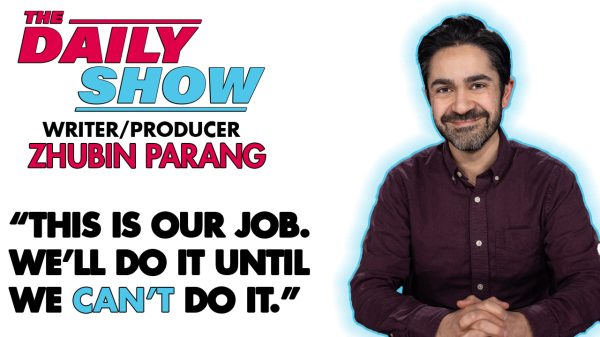

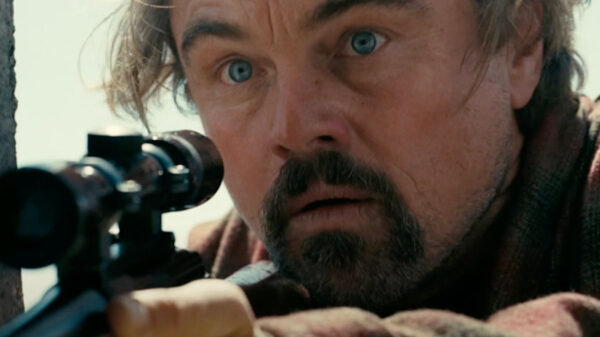
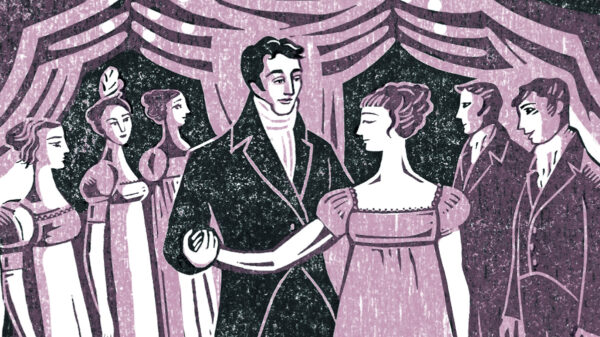

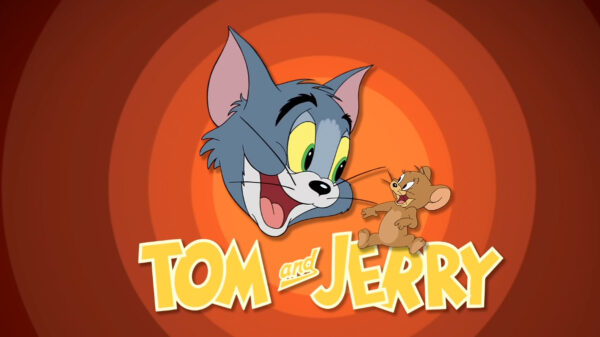





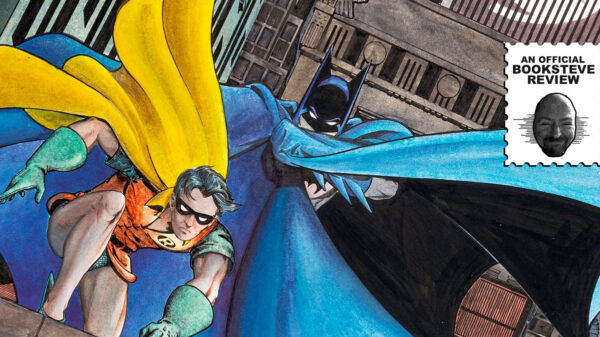
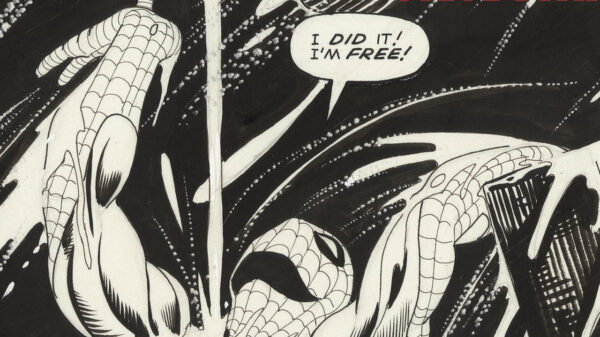
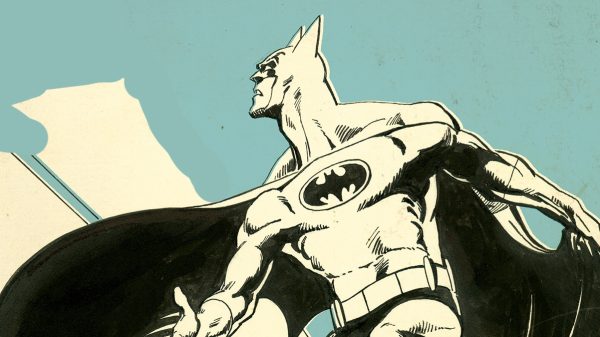

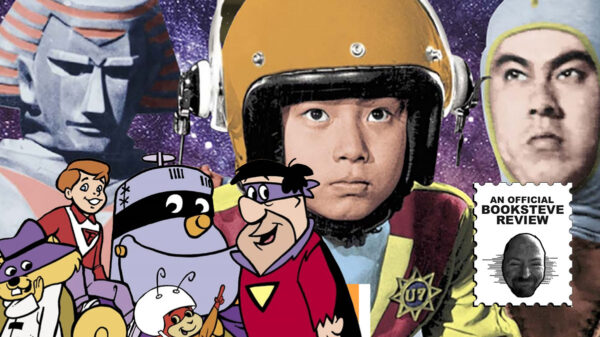

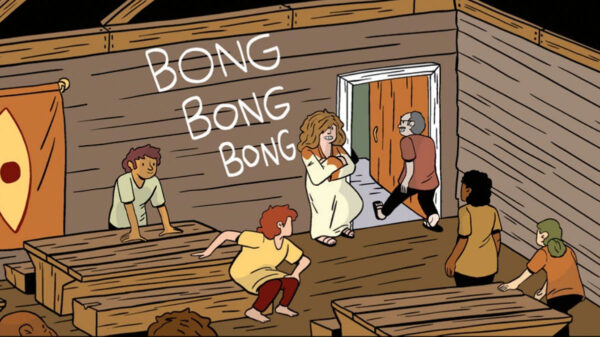
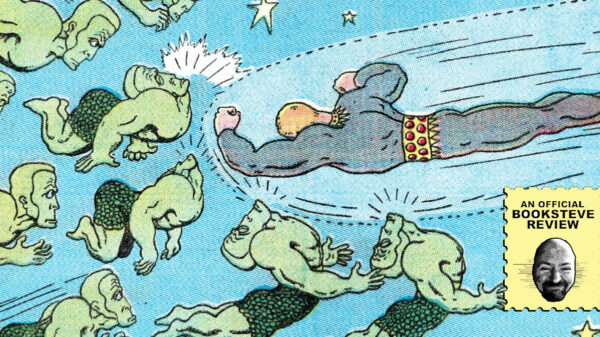
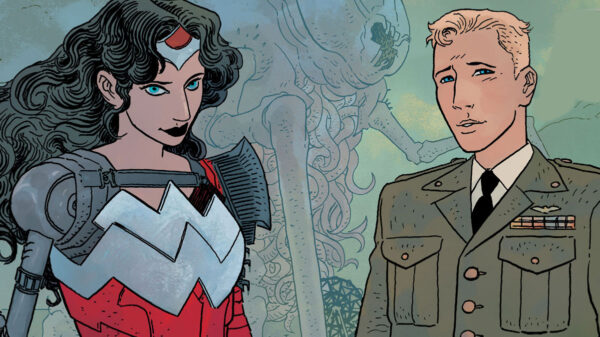









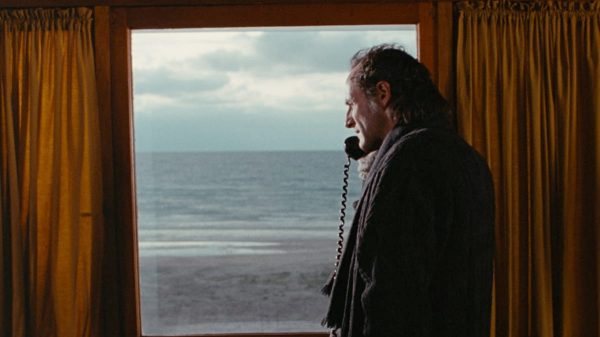
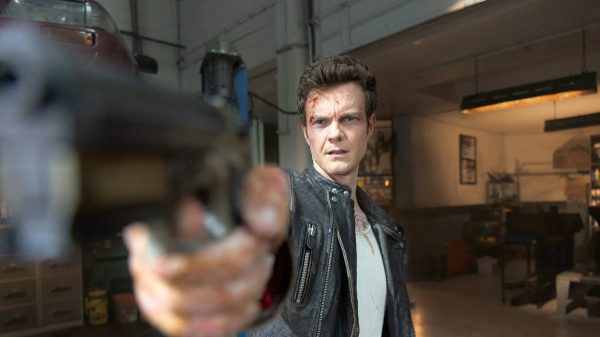
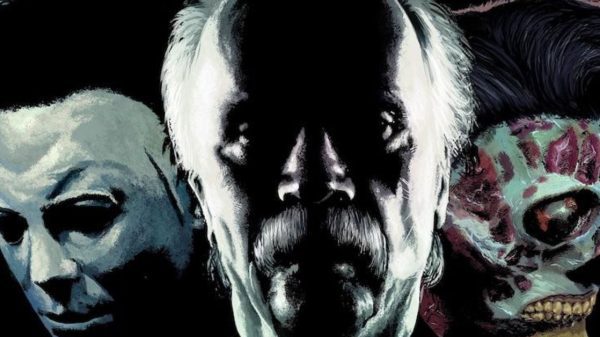
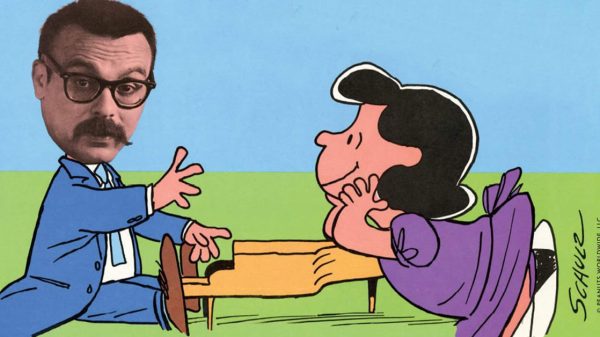
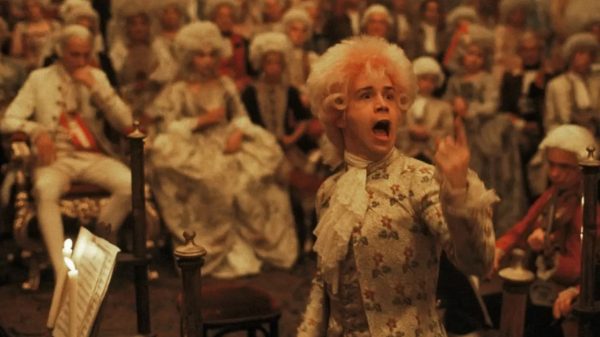

















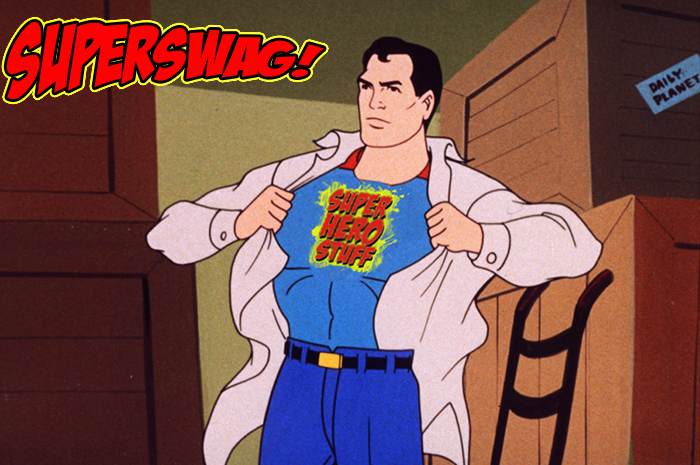


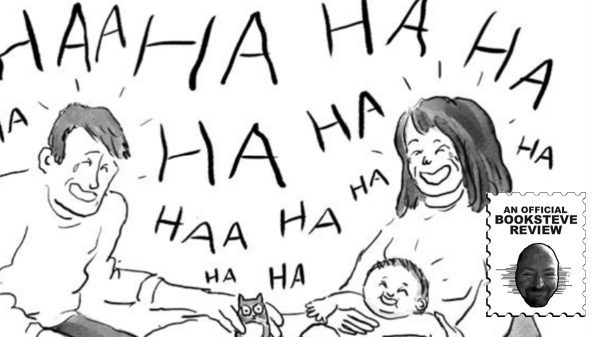


















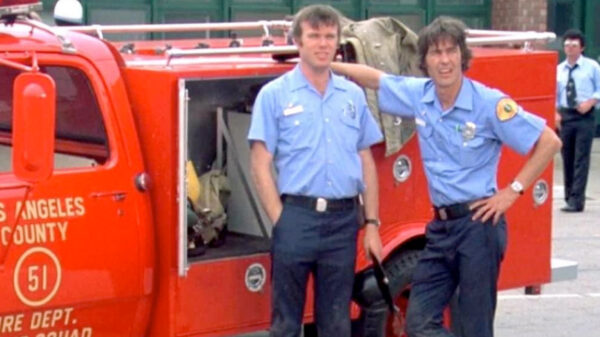
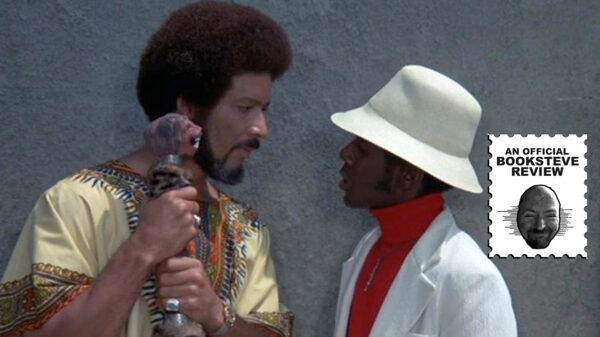
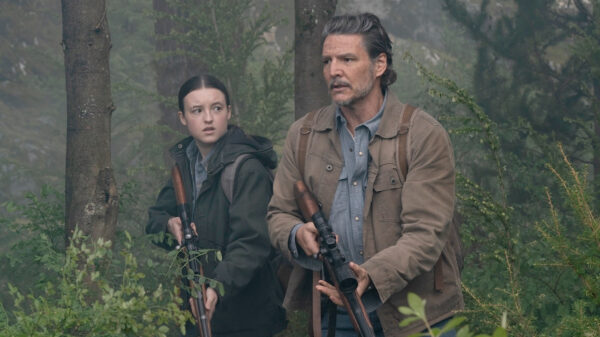






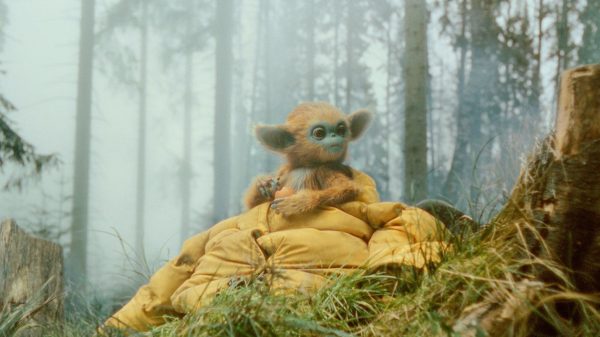



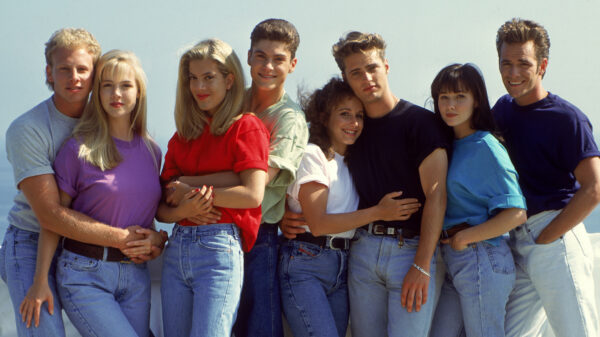
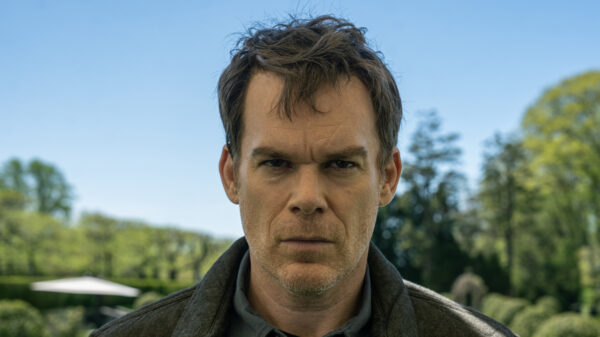
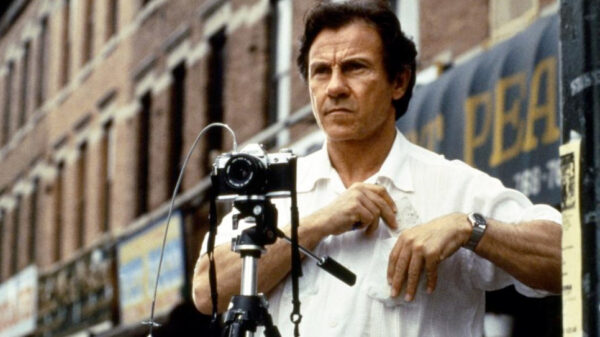





You must be logged in to post a comment Login